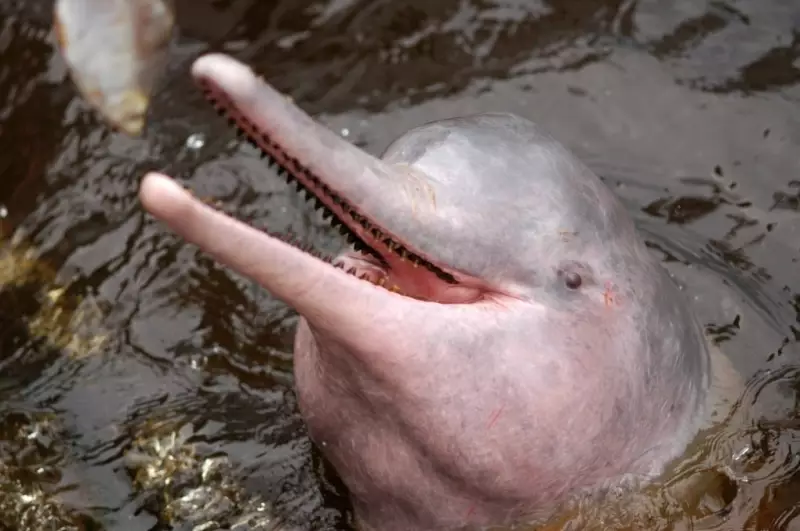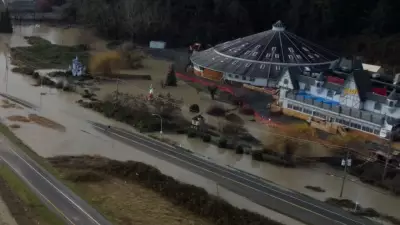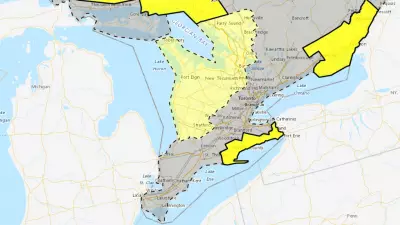
A devastating ecological disaster is unfolding in the heart of the Amazon rainforest, where scientists have documented the mass death of hundreds of river dolphins in waters that have reached alarming temperatures comparable to a hot tub.
Unprecedented Thermal Crisis
Lake Tefé in Brazil's Amazonas state has recorded water temperatures soaring to a shocking 39 degrees Celsius (102 degrees Fahrenheit) – conditions that are proving fatal for the region's unique aquatic life. Researchers from the Mamirauá Institute report that 157 river dolphins have perished in recent days, with concerns mounting that the actual death toll could be significantly higher.
"The magnitude and speed of this die-off is unprecedented in living memory," stated Miriam Marmontel, a leading researcher at the institute. "We're witnessing a thermal catastrophe that threatens the very survival of these iconic species."
Dual Threat: Extreme Heat and Drought
The crisis represents a perfect storm of environmental stressors:
- Historic drought conditions have drastically reduced water levels
- Prolonged heat waves have elevated water temperatures to lethal levels
- Shrinking habitats are concentrating pollution and reducing oxygen
- Vulnerable species have fewer options for escape or refuge
The situation has become so dire that researchers are attempting to rescue surviving dolphins by relocating them to cooler main river channels, though this presents significant logistical challenges.
Broader Ecological Implications
Beyond the immediate dolphin tragedy, scientists warn this event signals a much larger environmental breakdown. The Amazon, often called the "planet's lungs," is experiencing one of its most severe droughts on record, with water levels in some areas dropping by approximately 30 centimeters (nearly 12 inches) per day.
"What we're seeing in Lake Tefé is a warning sign for the entire Amazon basin," explained Ayan Fleischmann, a hydrology specialist. "These extreme conditions disrupt entire food chains and threaten the biodiversity that makes this region so critical to global climate stability."
Climate Change Connection
While the Amazon naturally experiences seasonal fluctuations, researchers emphasize that the current crisis bears the fingerprints of human-caused climate change. The combination of El Niño patterns and long-term global warming has created conditions that push ecosystems beyond their breaking points.
The mass dolphin mortality serves as a stark reminder that climate change isn't a distant threat – it's happening now, with devastating consequences for some of the world's most vulnerable species and ecosystems.





